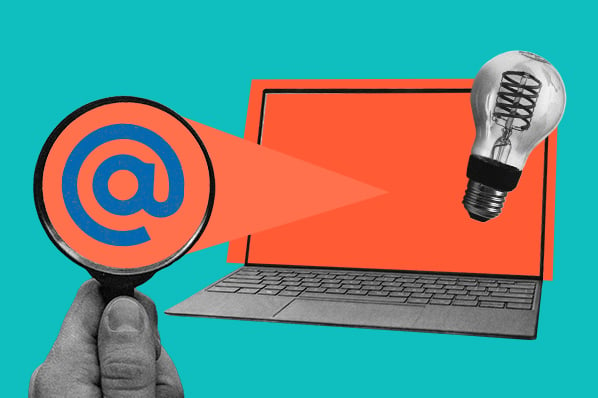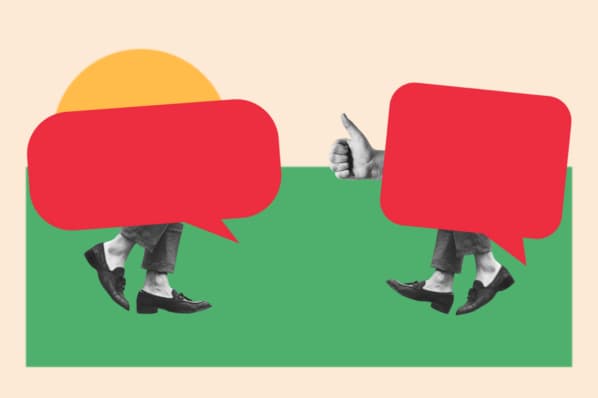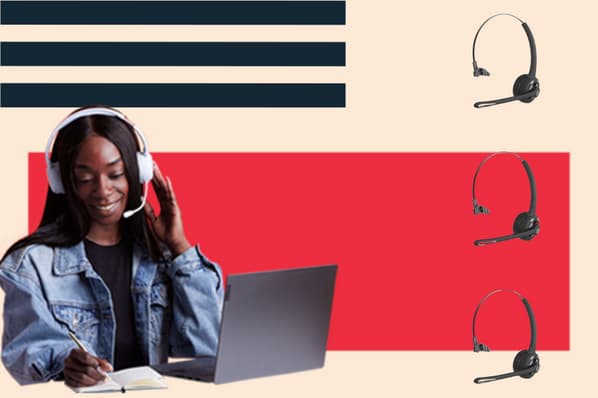When to Use "Best Regards"
"Best regards" is the less formal version of the two. It's a safe, friendly, and respectful sign-off to clients you're familiar with but not yet well-acquainted.
It's a neutral sentiment that communicates respect and appreciation without claiming to have a relationship beyond what you've built with your prospect, client, or colleague. Here's a list of scenarios in which you'd use "Best regards":
- When emailing existing clients
- When speaking with vendors you've worked with for 3+ months
- When communicating with prospects you've engaged in regular, two-sided conversation with
- When reaching out to colleagues within your organization
- Any time the other party sets a more casual tone over email
And here's an example of how to use "Best regards" in an email:
Hello Jay,
Here's that case study we were discussing yesterday. It should answer your question about how BG Solutions can streamline your accounting process by integrating with your existing software.
Please let me know if you have any questions.
Best regards,
Dee

If you're looking for a formal or semi-formal alternative to "Best regards", use one of the sign-offs above instead.
"Best Regards" Alternatives
- Respectfully
- Best
- All the best
- Thank you
- Thanks again
- Thanks in advance
- Thank you for your time
- Cheers
- Talk soon
- Looking forward to our next conversation
- Looking forward to hearing from you
- Have a wonderful [day, weekend]
- Happy weekend
- Reach out with questions
- Let me know if you need anything
Here are a few scenarios in which you would use "Kind regards":
- When conducting warm outreach
- When in the early stages of communicating with prospects (especially if they haven't responded to your emails)
- When emailing an executive at any company, any time
- When introducing yourself to a mutual acquaintance of a friend or colleague
- When you're uncertain which sign-off to choose
And here is an example of how to use "Kind regards" in an email:
Hello Jay,
I noticed you downloaded our most recent case study about how BG Solutions helped streamline the accounting operations of enterprise company Stillwater Inc. If you have any questions about that study, I'd be happy to answer them.
Kind regards,
Dee

When you've built rapport and a closer working relationship with a business associate, it might be appropriate to drop the "Kind "and "Best "entirely and just send "Regards," though some experts feel this is colder rather than more familiar. Below is an example of "Regards" in an email:
Hello Jay,
It was great to speak with you on the phone earlier. I sent you a calendar invite for the demo call we agreed upon for Thursday, September 20th at 3:00 PM EST. You'll also find an agenda for the call attached below.
Please let me know if you have any questions.
Regards,
Dee

Regardless, it is the most informal version of the sign-off and denotes the closest kind of working relationship. Reserve this for clients or colleagues with whom you work regularly and whose email tone and style you understand, and vice versa.
"Kind Regards" vs. "Warm Regards"
"Kind regards" is a more formal sign-off than "Best regards," -- and "Warm regards" takes the familiarity a step forward.
"Warm regards" is generally reserved for close friends and family and should not be used in professional correspondence.
When considering whether to use "Warm regards" in an email, choose one of the "Kind regards" alternatives listed above to be safe and appropriate at all times. You can also leverage tools and AI writers like HubSpot's AI email content writer to choose between Kind Regards or Warm Regards.
When in Doubt, Match the Customer's Tone
Still not sure which one to use? As a rule of thumb, match the formality in your business associate's tone. If they've signed their last email "Best wishes," reply with the same signature or substitute "Best regards." If they've used a more formal signature like, "Sincerely," err toward "Kind regards," as it matches the tone and sentiment your associate has used. To save time and boost efficiency, you can let AI write your hyper-personalized sign-offs that drive engagement and conversions like the lemlist AI sequence generator to build your custom multichannel sequence in seconds.
To learn more about sales communication check out these alternatives to "Looking forward to hearing from you" next.
Sales Communication


.png)

![Active Listening Techniques To Use On Your Next Sales Call [+ Examples]](https://53.fs1.hubspotusercontent-na1.net/hubfs/53/active-listening-1-20250218-4164086.webp)
![How to Reply to a Sales Rejection Email From a Client [+ Templates]](https://53.fs1.hubspotusercontent-na1.net/hubfs/53/timing-objection-responses-1.jpg)




%20(1).png)

